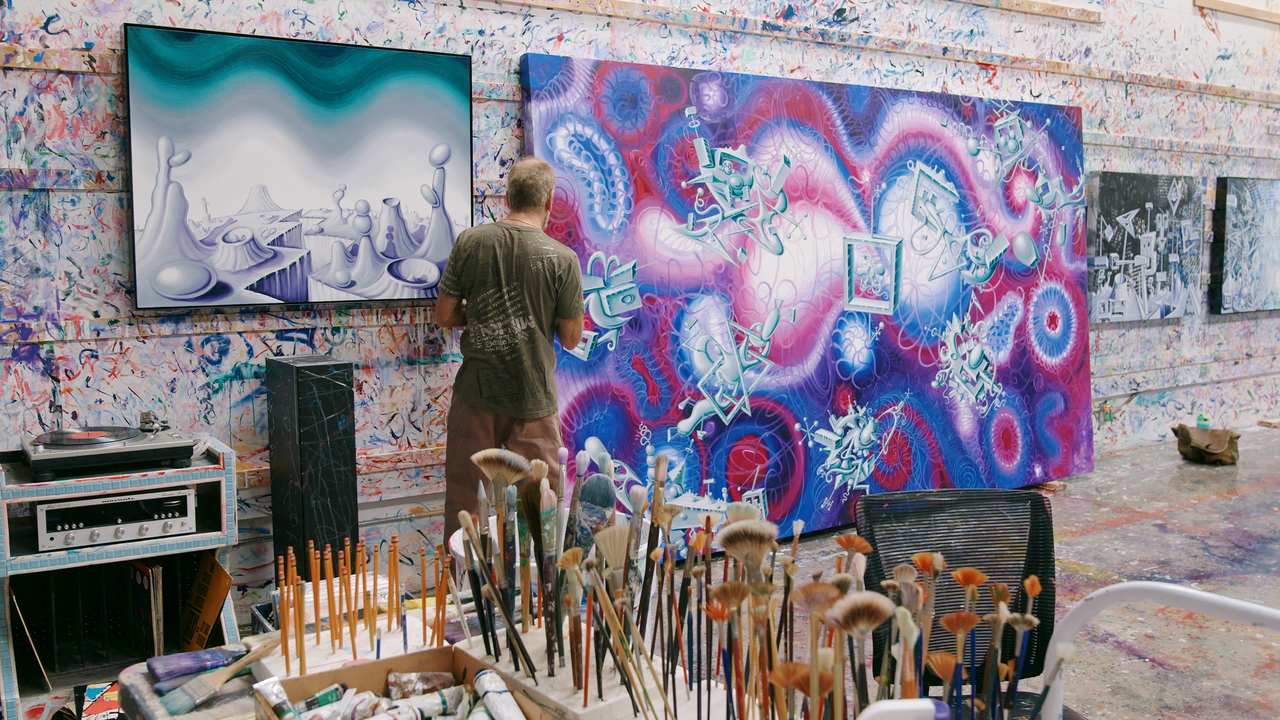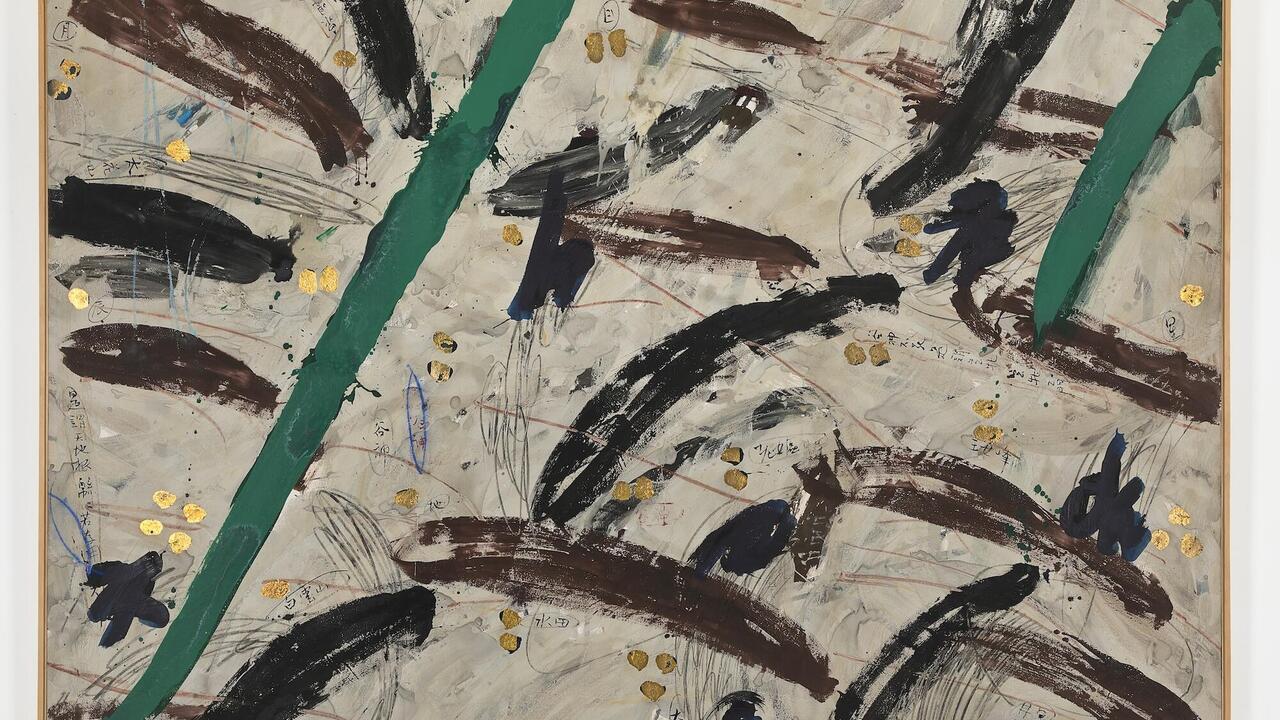Sirous Namazi

In Bruce Nauman’s neon word-piece One Hundred Live and Die (1984), life and death are treated comprehensively with respect to human emotions, through unexpected combinations of words: ‘CRY AND LIVE’, ‘RAGE AND DIE’, ‘KILL AND LIVE’, ‘FEEL AND DIE’, and so on. It is a familiar Nauman tactic to juxtapose words in order to reveal deeper meanings. The Iranian-born Sweden-based artist Sirous Namazi possesses an ambition related to Nauman’s wordplay, which sat like a coded message just beneath the surface of his recent exhibition. Rather than juxtapose words, however, Namazi set two sculptures in contrast to pry open the comprehensive meaning of one word: consumption. Namazi’s ‘New Work’ represented the act of consuming, the amount consumed and, finally, the consumption of goods and services, each with their own exchange value.
In Untitled (2012), Namazi constructed two robotic walls arranged in a V-shape. Driven by motors inside each wall, rather than neatly coming together at their apex, the walls slowly chafe against one another in a deliberate act of consumption; they chew at one another. The work is the materialization of ‘creative destruction’, or the condition in which innovation leads directly to destruction. As the artist himself states in the press release: ‘The artistic process has as much to do with demolishing and undermining as it does with creating and building.’ While the consumption of each wall by the other was an unhurried affair, like the progression of a chronic disease, the ultimate outcome was not at all evident. Yet physical tension gnawed. It reminded me of the edgy feeling you have standing in the room with Chris Burden’s Samson (1985), in which a mechanized jack gradually expands two opposing walls of the gallery, though in a much lower register.
In another room, Leaning Horizontal (2012) begged comparison with the bedevilling Untitled. Here Namazi dialled up more trepidation by conspicuously leaning a supermarket-shelving unit – crammed full with everything from Coca-Cola to Corn Flakes – against the wall at a 45-degree angle. No doubt a visual pun on conspicuous consumption, it all felt meaningfully precarious. From the act of consumption we arrive at the amount on offer for us to consume, a super-sized world of over-production and over-consumption, not so far from the world Andy Warhol criticized with his 100 Coke Bottles (1962). In that regard, Leaning Horizontal is a remedial lesson, and you wondered how effective it might be this time around.
Winding my way out of the gallery, the third meaning of consumption raised its head as I breezed by the desk to pick up the press release and price list: the consumption of goods and services, each with their own exchange value. These sculptures themselves are commodities after all; everything is for sale. Namazi’s art is never illusive; it celebrates literalism, literally. In his 1996 video Sirous Telling Jokes, in which he tells gags in Farsi to the Western art world, the premise is a Rodney Dangerfield send-up. He gets no respect; after each story he waits for the laughter that never comes. And then tries again. His sculptures about the act and amount of consumption have their exchange value too; they are the Ouroboros, the eternal return. In both his earlier video and the new work they are perfect cyclical expressions of artistic self-reflexivity.
















